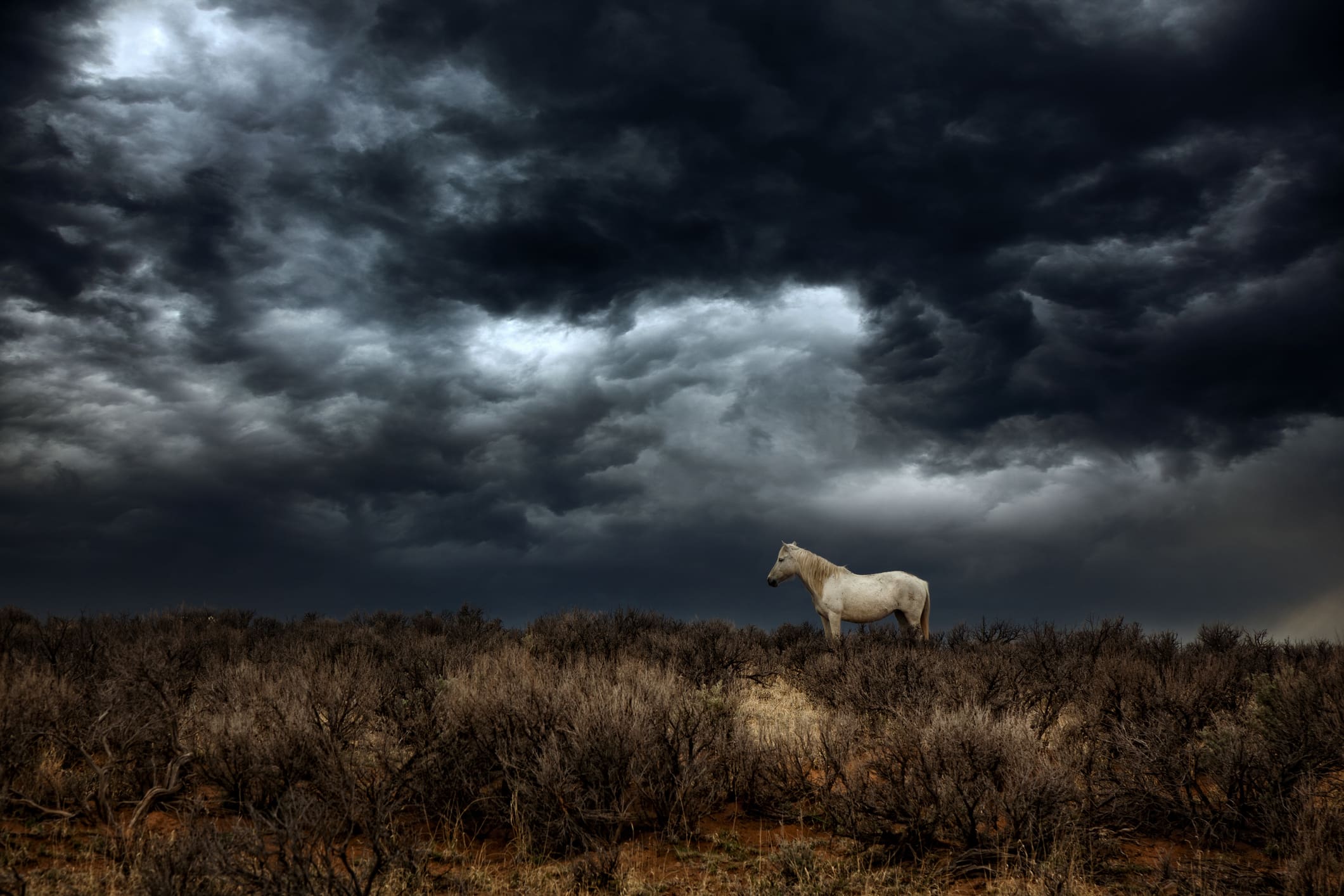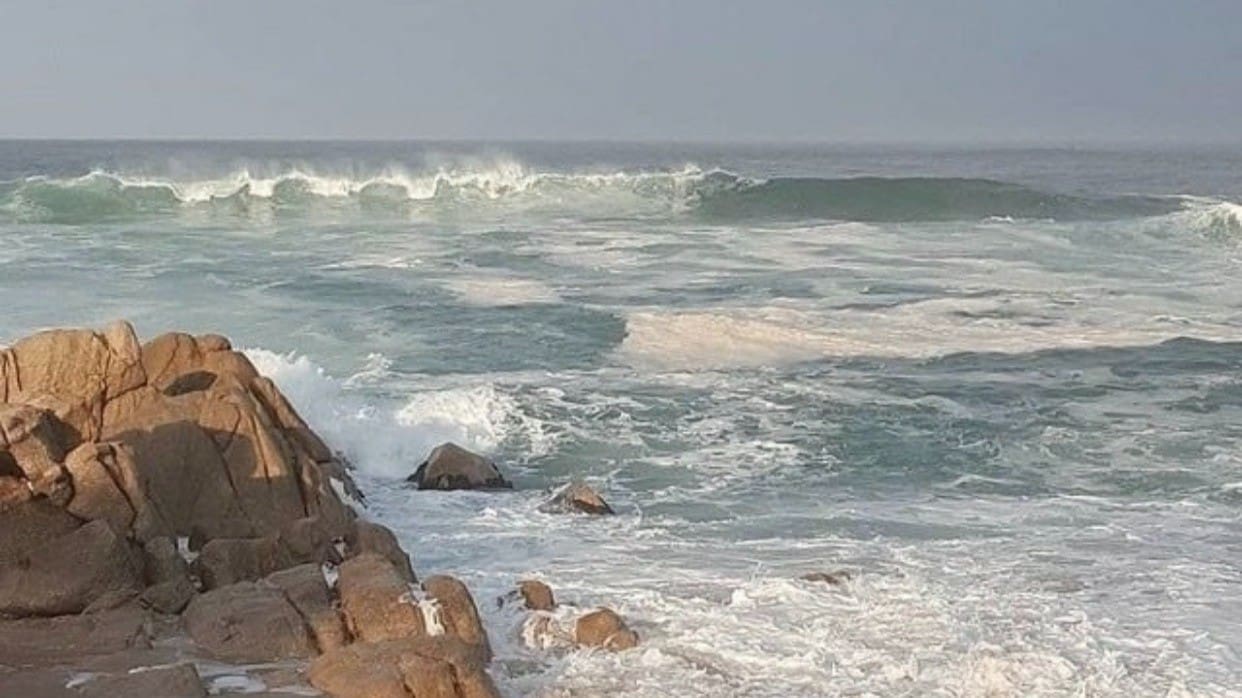
As I sit on my balcony in Colorado, looking out over wide open space, my mind won’t shut up.
Not in an anxious way. In a sifting way.
I’m sifting through conversations I’ve had lately with CEOs, founders, CMOs, COOs. Some of the brightest, sharpest people I know. People who built billion-dollar things from nothing. Who’ve been in rooms with governments and giants. Who’ve led companies through downturns, turnarounds, acquisitions, breakdowns.
Something in them is reconfiguring. And honestly…same here.
Because leadership today feels strange. We’re navigating infinite pressure and radical ambiguity, and doing it with inboxes that still expect real-time responses and calendars that still don’t know how to leave space to think.
So I’ve been asking myself:
What does spacious leadership look like now?
Not in the “take a day off and meditate” kind of way. Not in the “delegate better” kind of way either.
But in the real, embodied, structural sense. In the “what needs to change so we can think straight again” kind of way.
Because here’s the quiet crisis no one’s really writing LinkedIn posts about: We’re not burned out because we don’t care. We’re burned out because we care too much, too long, with no place for that care to land.
Spaciousness isn’t soft. It’s strategy.
The CEOs I work with aren’t craving sabbaticals. They’re craving clarity. Time to think at depth. Time to ask real questions without being yanked into another brand refresh, earnings call, or culture audit. Time to choose, intentionally, what they build next.
And yes, it’s awkward. And slow. And a bit wobbly. Like trying to walk again after years of sprinting.
But in that space, something beautiful tends to emerge.
It’s where different kinds of companies are born. Different ways of leading. Different definitions of success.
At Marlin, we’ve been quietly seeing it in the rise of what we’re calling “self-inflicted inflection points.” It’s when a leader steps back, not because they were failing, but because they were done pretending they weren’t evolving.
They’re not chasing something shinier. They’re creating space for something truer.
And they’re not doing it alone.
Marlin’s Bluewater, the executive club we barely launched but keeps catching fire, is full of people like this. Thinking deeply. Moving deliberately. Refusing to be rushed into the next badge, board seat, or brand.
So if you’re there too, at the edge of the next thing, wherever and whatever it is, maybe the question isn’t “What’s next?”
Maybe it’s: What kind of leader do I want to become next?
And what space will I need to become them?






Comments +